| What are work vests? |
Work vests are personal protective equipment (PPE) designed to enhance visibility and provide flotation assistance for individuals working in or around water, such as maritime workers, offshore personnel, and construction workers. |
| What is the purpose of work vests? |
The purpose of work vests is to improve the safety of individuals working near or on water by increasing their visibility to others, providing buoyancy in case of accidental immersion, and serving as a platform for attaching safety equipment and tools. |
| What are the key features of work vests? |
Key features of work vests include bright colors (usually orange or yellow) for high visibility, reflective strips for increased visibility in low-light conditions, flotation material to provide buoyancy, adjustable straps for a secure fit, and pockets or attachment points for storing tools and equipment. |
| Are there different types of work vests? |
Yes, there are different types of work vests tailored to specific industries and applications, including life jackets, flotation vests, safety vests with reflective strips, inflatable vests, and hybrid vests combining flotation and high-visibility features. |
| When should work vests be worn? |
Work vests should be worn whenever there is a risk of accidental immersion in water, such as during maritime operations, construction work near water bodies, offshore activities, rescue operations, and other situations where visibility and flotation assistance are essential for safety. |
| Are work vests regulated by safety standards? |
Yes, work vests are subject to safety standards and regulations set by organizations such as the International Maritime Organization (IMO), Occupational Safety and Health Administration (OSHA), and national regulatory authorities, which specify requirements for design, performance, and usage of work vests. |
| How should work vests be maintained? |
Work vests should be regularly inspected for damage, wear, and proper functioning of reflective strips and flotation material. They should be cleaned according to manufacturer instructions and stored in a dry, well-ventilated area when not in use. |
| Can work vests be customized? |
Yes, work vests can often be customized with company logos, names, or additional features based on specific requirements. However, customization should not compromise the safety or performance of the vest. |
| What should one consider when selecting a work vest? |
When selecting a work vest, consider factors such as buoyancy rating, size and fit, visibility features, comfort, ease of donning and doffing, compliance with safety standards, and suitability for the intended work environment and tasks. |
| Are there regulations regarding the use of work vests? |
Yes, regulations regarding the use of work vests vary depending on the jurisdiction and industry. Employers are typically responsible for ensuring that workers are provided with appropriate PPE, including work vests, and that they are trained on their proper use and maintenance. |


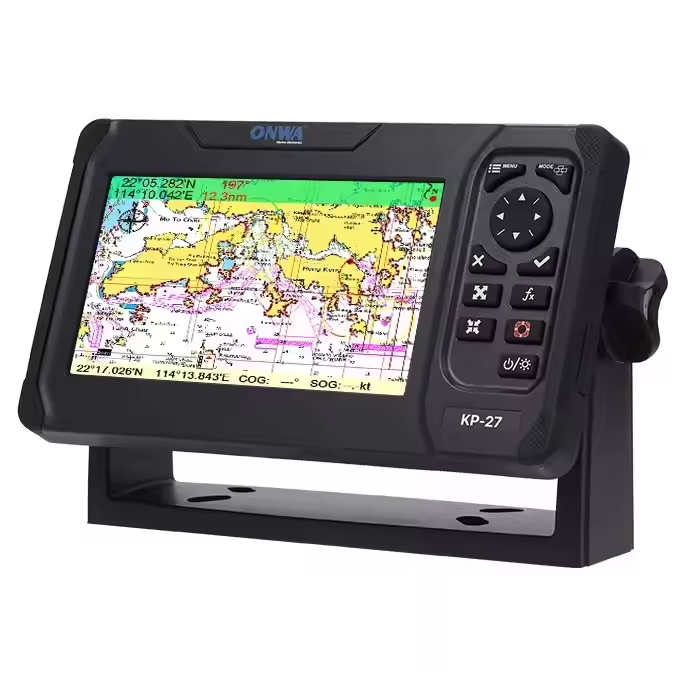
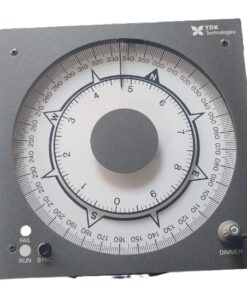
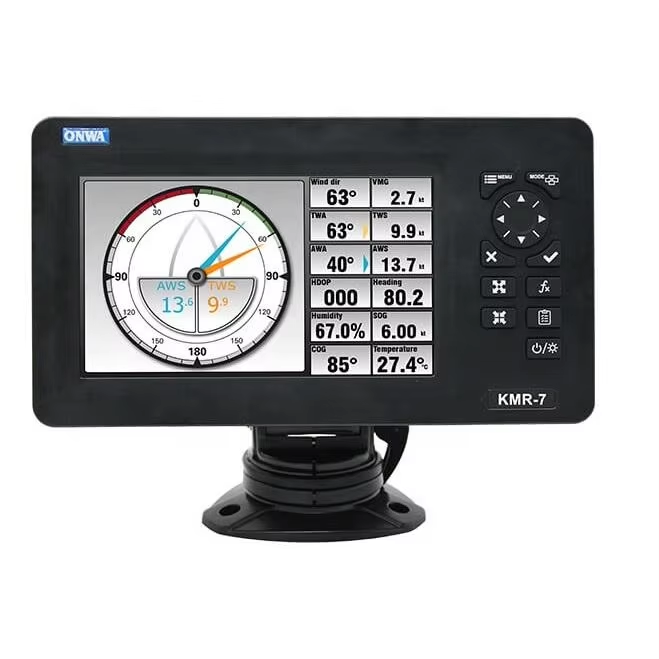
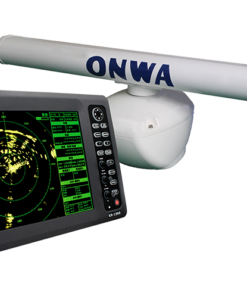
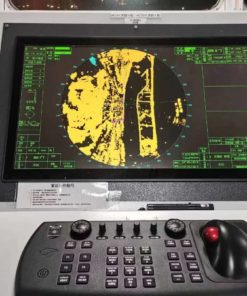
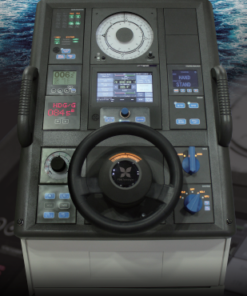
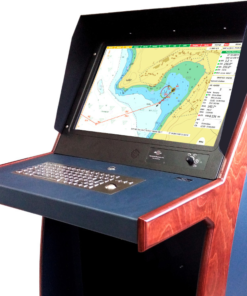
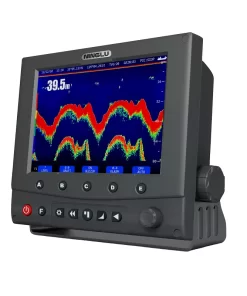
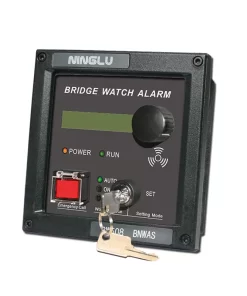
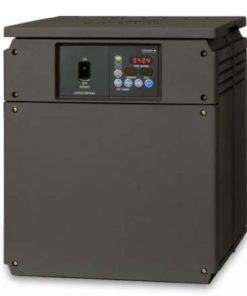
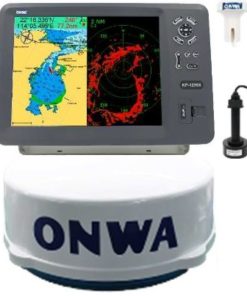
Latest Products
YDK Technologies MKN020 Gyro compass connection box
AED 3,960.0Original price was: AED 3,960.0.AED 2,850.0Current price is: AED 2,850.0.Onwa KM-8X 5-in-1 Marine Bundle Set Radome – GPS, Chartplotter, EchoSounder, AIS, Radar
8-inch GPS Chart Plotter with AIS and Radar
Onwa KM-8A (BUNDLE) 8-inch Color TFT LCD GPS Chart Plotter with Class B+ AIS Transponder MFD [BUNDLE]